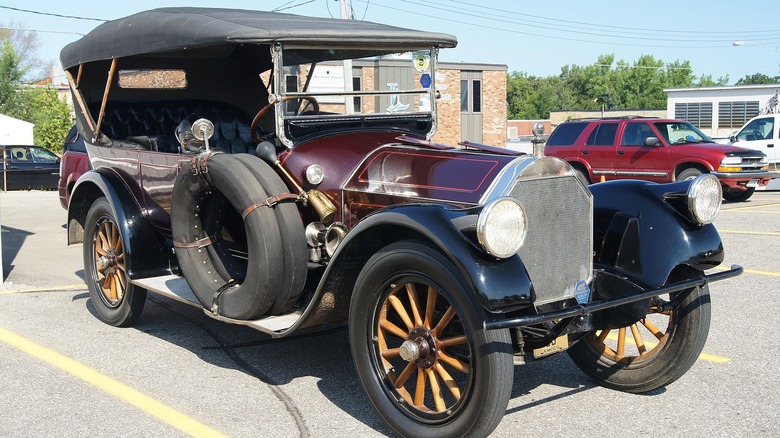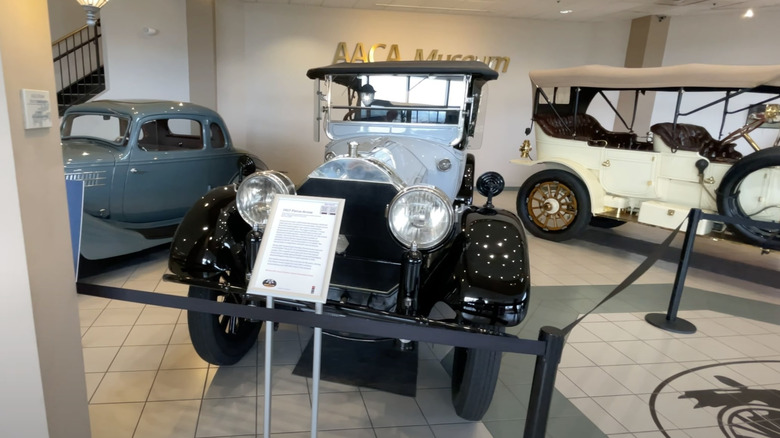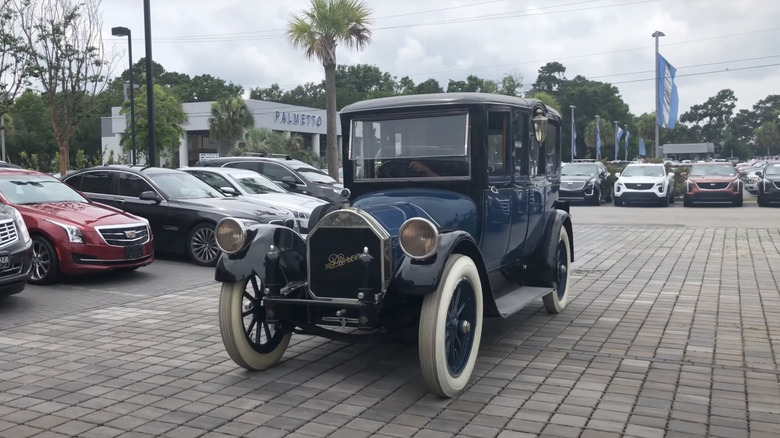What Is The Largest Engine Ever Put In A Production Car?
The title of largest engine ever installed in a production car goes to the Pierce-Arrow Model 66, built between 1910 and 1918. It was powered by a massive 13.5-liter straight-six engine, displacing 825 cubic inches, dwarfing anything built before or since. Despite its size, the T-head engine made only around 60 to 66 horsepower, but its torque was immense, and it could cruise comfortably at speed, even by today's standards. The Model 66 wasn't just a prototype or a one-off flop.
Around 1,200 units were produced and sold through Pierce-Arrow dealerships, available in multiple body styles including touring cars, limousines, and the performance Runabout model. Each one was road legal, built on a shared chassis, and backed by factory support.
That makes it a legitimate production vehicle under both historical and modern definitions. Today, the Cadillac 500 V8, one of the most powerful Cadillac engines, and Bugatti's W16 get more attention, but when it comes to raw displacement in a mass-produced, road-ready package, Pierce-Arrow's 13.5-liter straight-six is still the undisputed king.
How automakers made room for engines this big
Engines of this magnitude weren't simply squeezed into the car; the car was built around the enormous engine. The Pierce-Arrow Model 66's massive straight-six required a long wheelbase chassis and reinforced frame. The hood stretched nearly five feet, with the radiator mounted well forward to accommodate cooling. It ran without a water pump, relying on thermosiphon cooling, which is a passive system that worked surprisingly well due to the engine's low rpm and sheer volume.
The rest of the car was just as overbuilt. A heavy-duty transmission, mechanical brakes, and thick leaf suspension kept the car roadworthy under the stress of such a large engine.
Despite its weight, the Raceabout variant was remarkably agile for the time, designed to appeal to drivers looking for speed and presence at the same time. While most modern large engines prioritize horsepower, these early giants focused on torque, reliability, and long-distance cruising. The Model 66 was an engineering flex from a company aiming to define what top-tier American motoring looked like in the prewar era.
Why engines this large disappeared forever
The era of massive displacement engines like Pierce-Arrow's 13.5-liter straight-six didn't survive long after World War I. As metallurgy improved and higher engine speeds became more reliable, engineers could extract more power from smaller engines.
Weight, cost, and fuel consumption made large displacement engines inefficient, and by the 1920s, even luxury automakers were cutting back. By the time Cadillac introduced its 500 ci, or 8.2-liter V8 in the 1970s, it was considered large, but it was still nearly 40% smaller than the Pierce-Arrow's straight-six.
The Cadillac engine prioritized smooth torque for highway cruising, while staying compliant with emissions rules. Even that proved unsustainable, as oil crises and regulatory changes in the late '70s spelled the end of big-block production cars.
Today, no automaker comes close. Modern production cars focus on power density, not engine size. Turbos, hybrid systems, and electric motors have made massive displacements obsolete. In terms of sheer volume, Pierce-Arrow's 13.5-liter engine will likely never be matched again.


